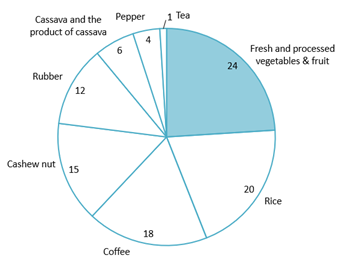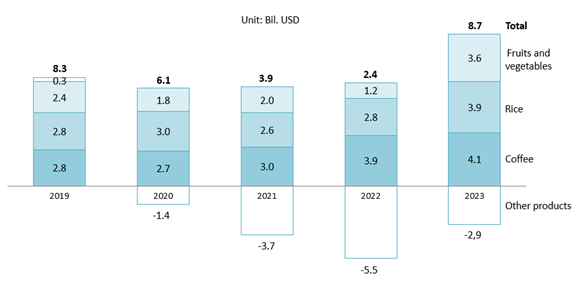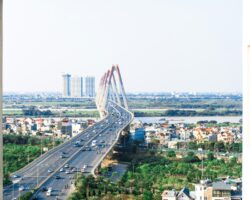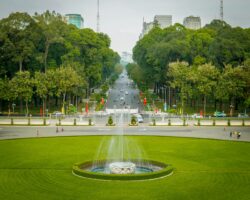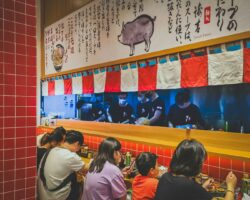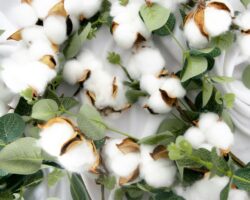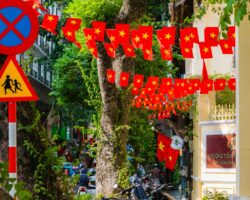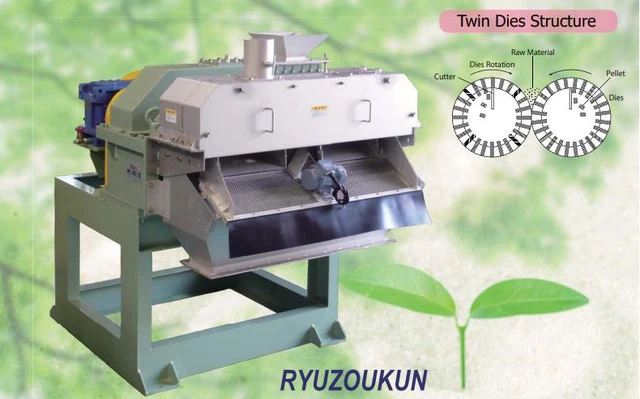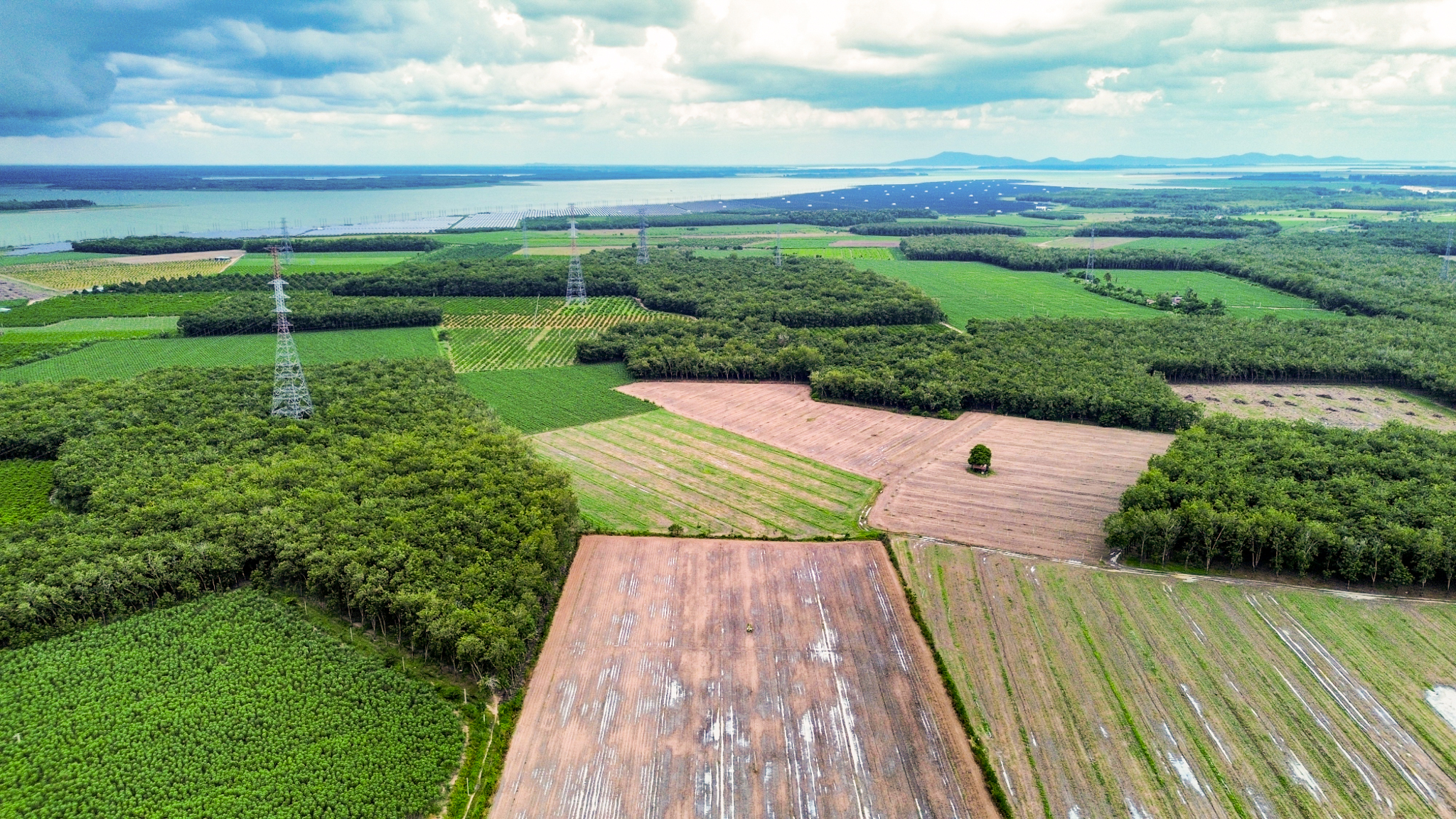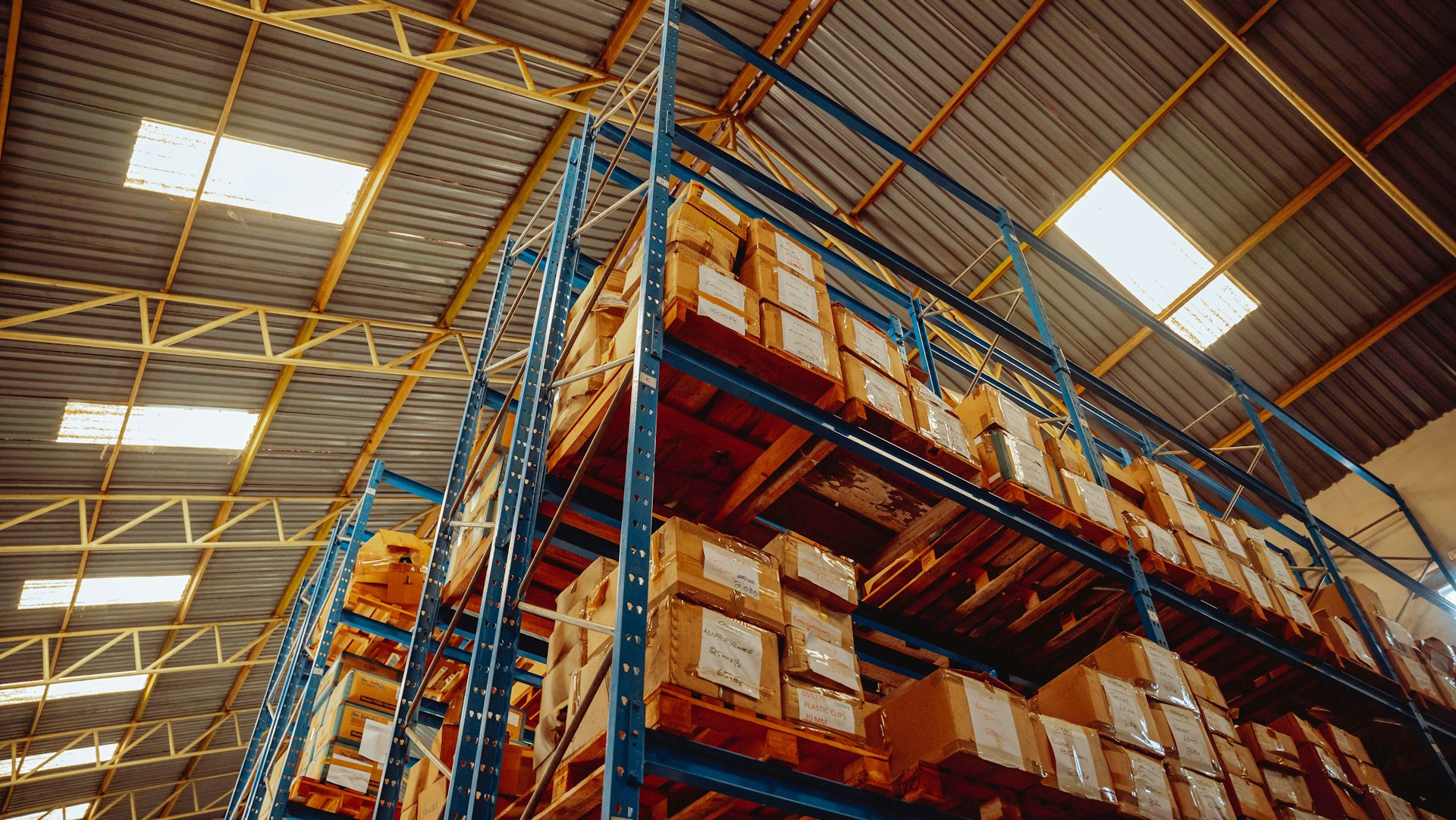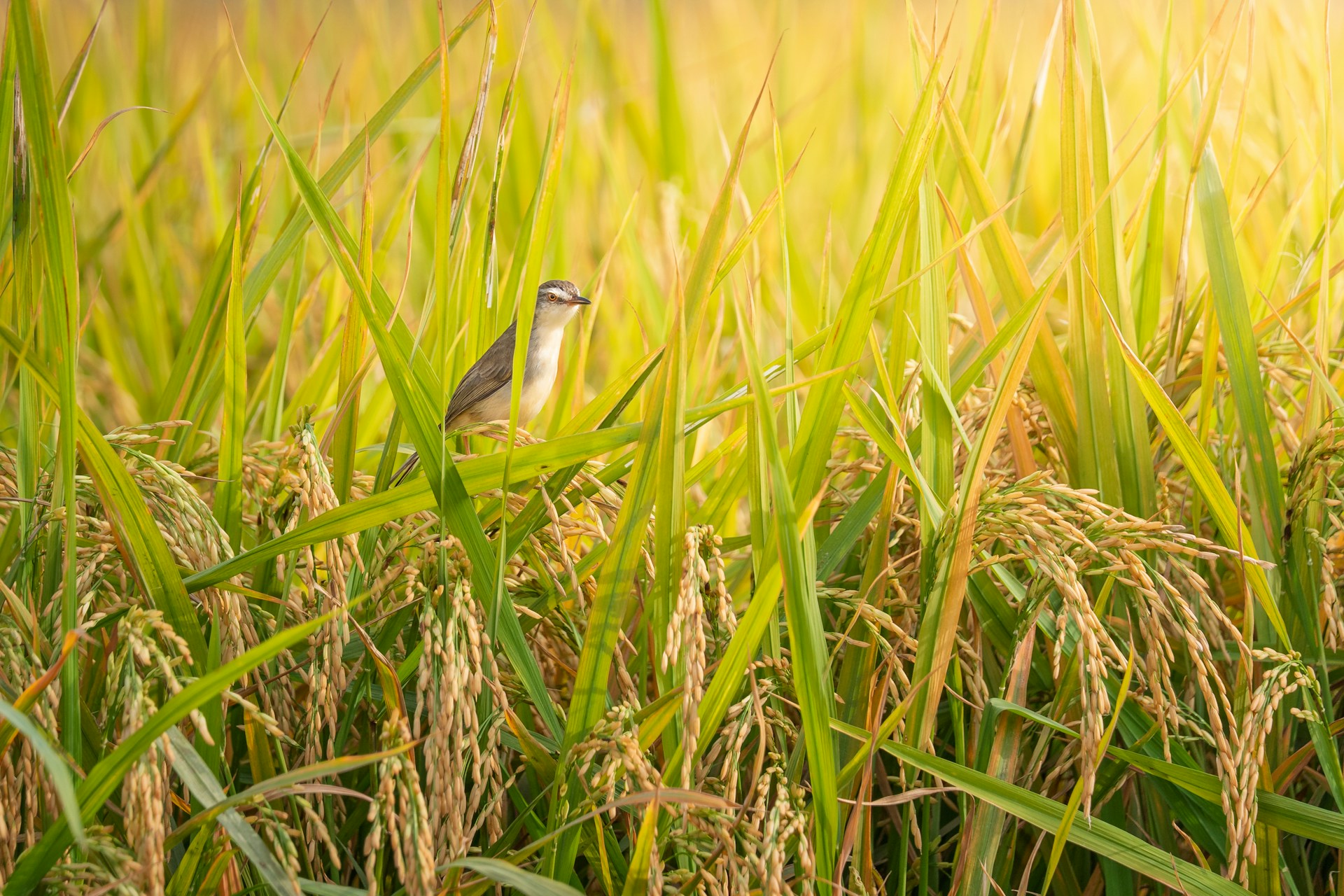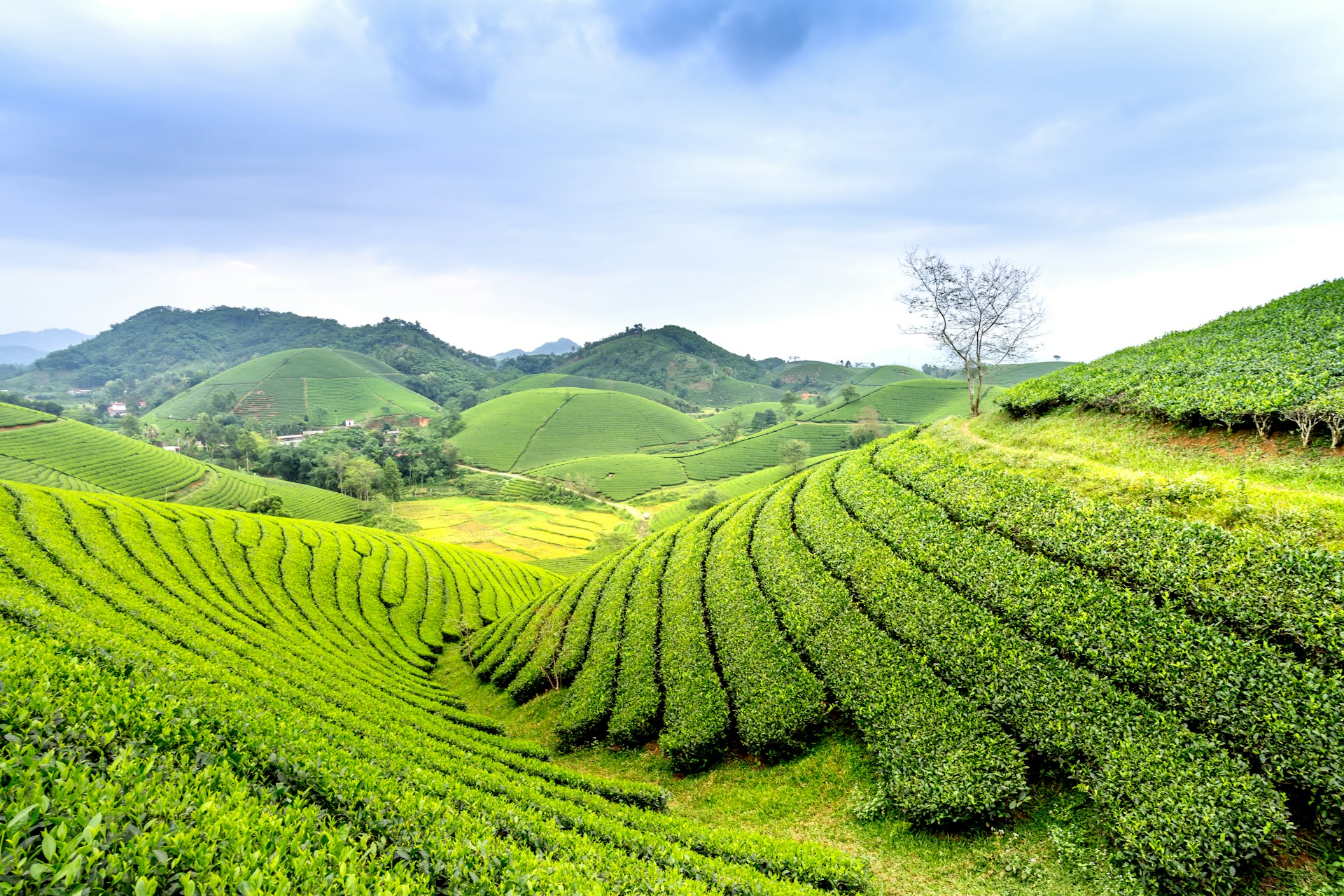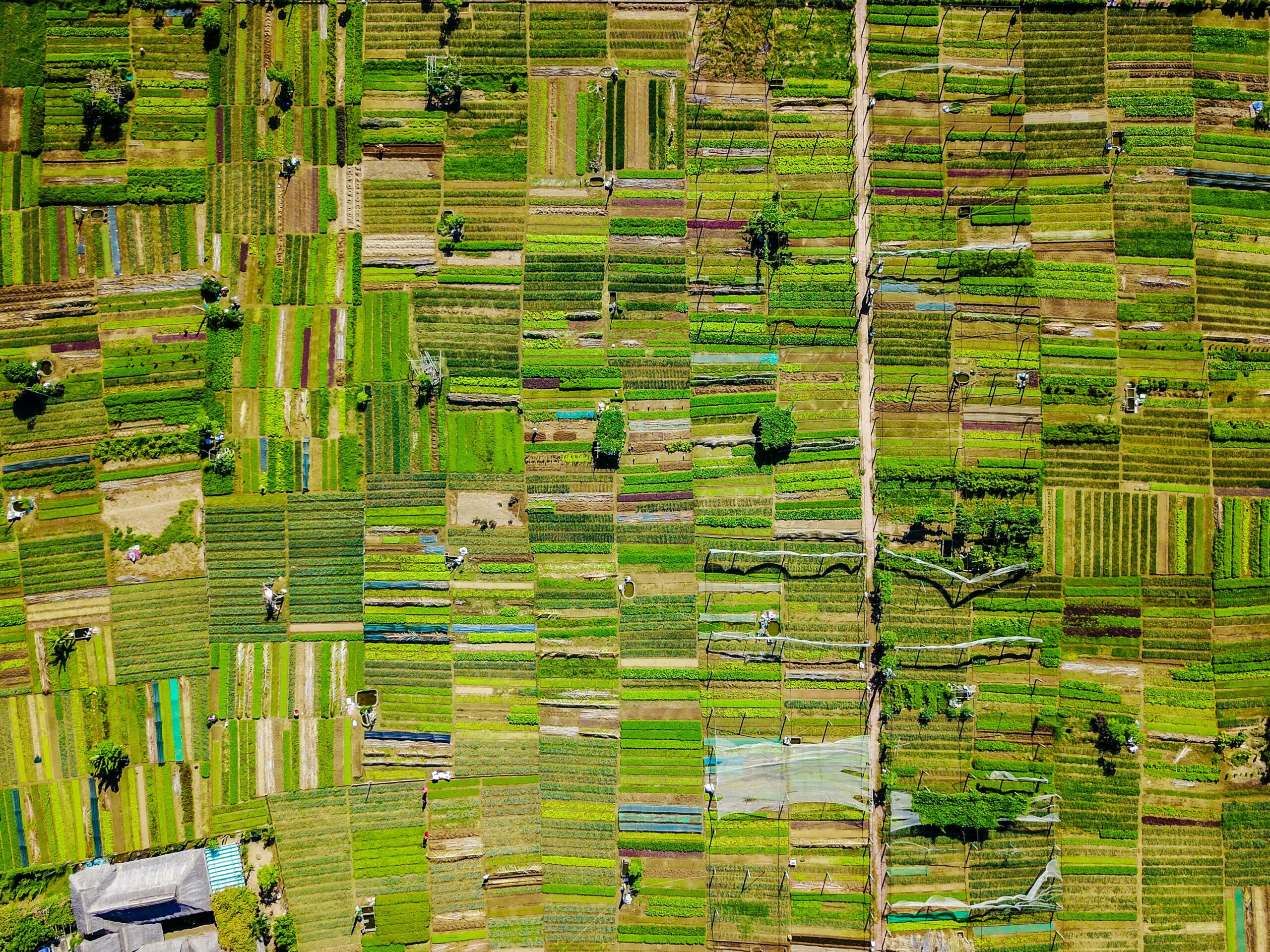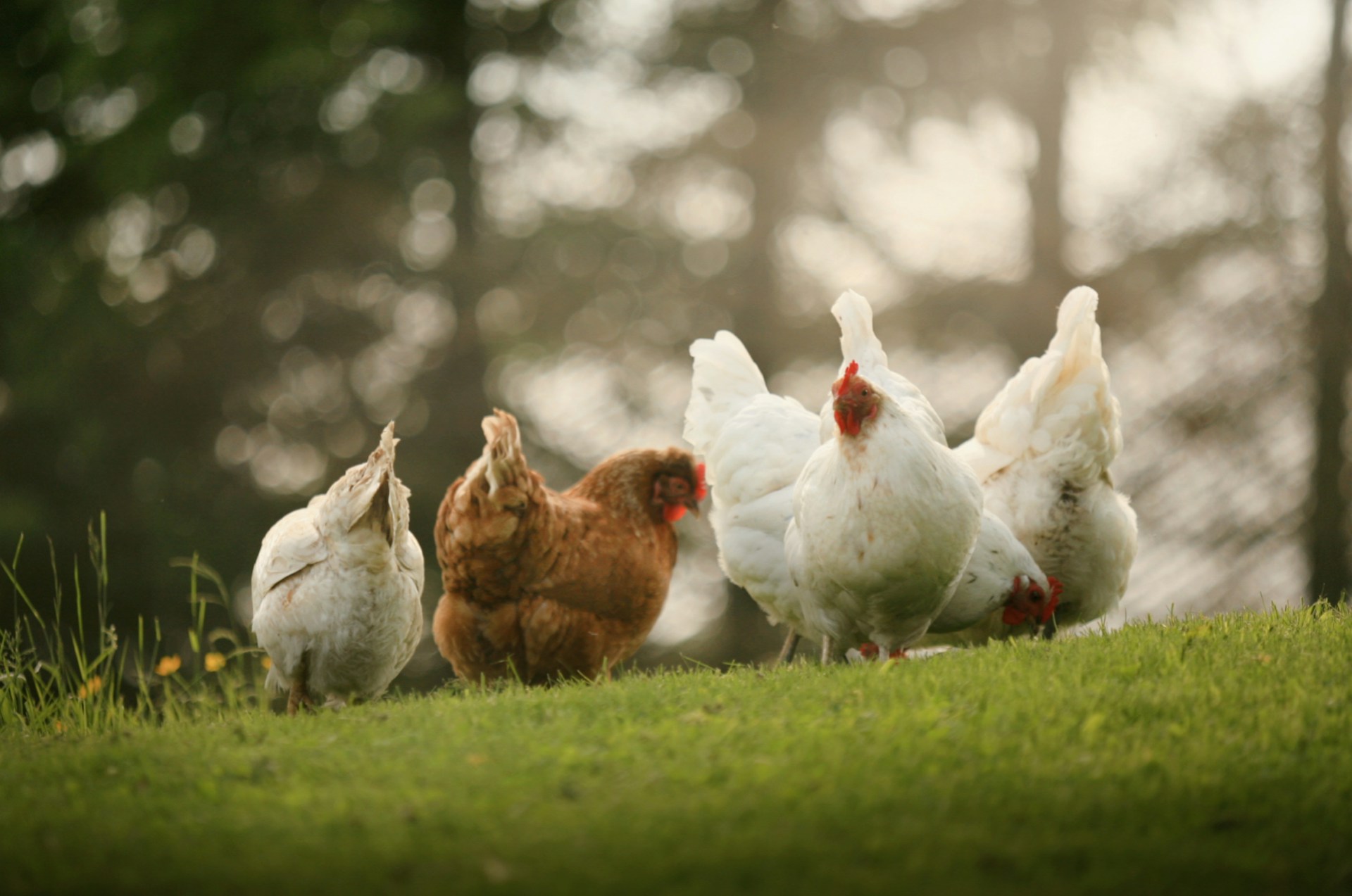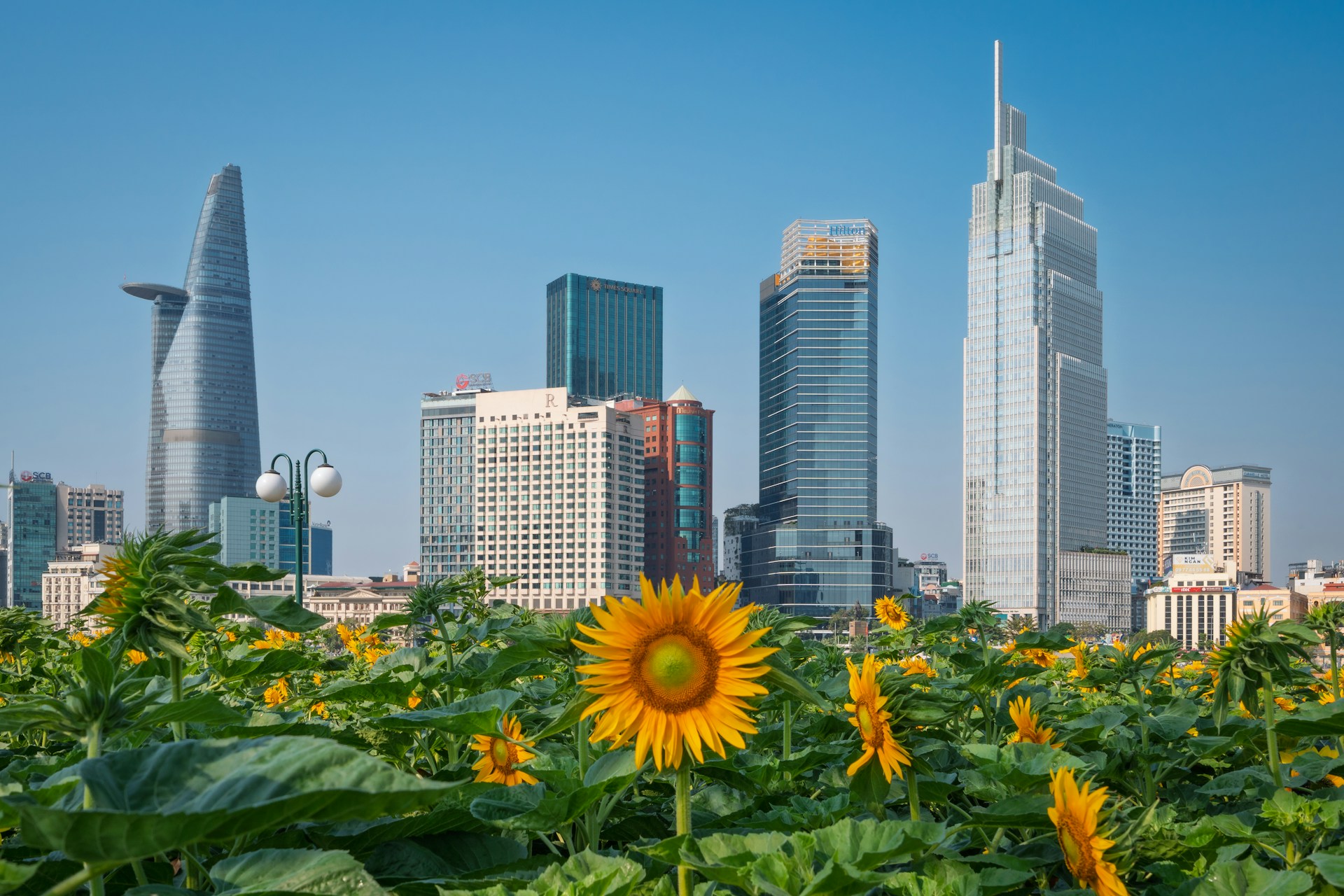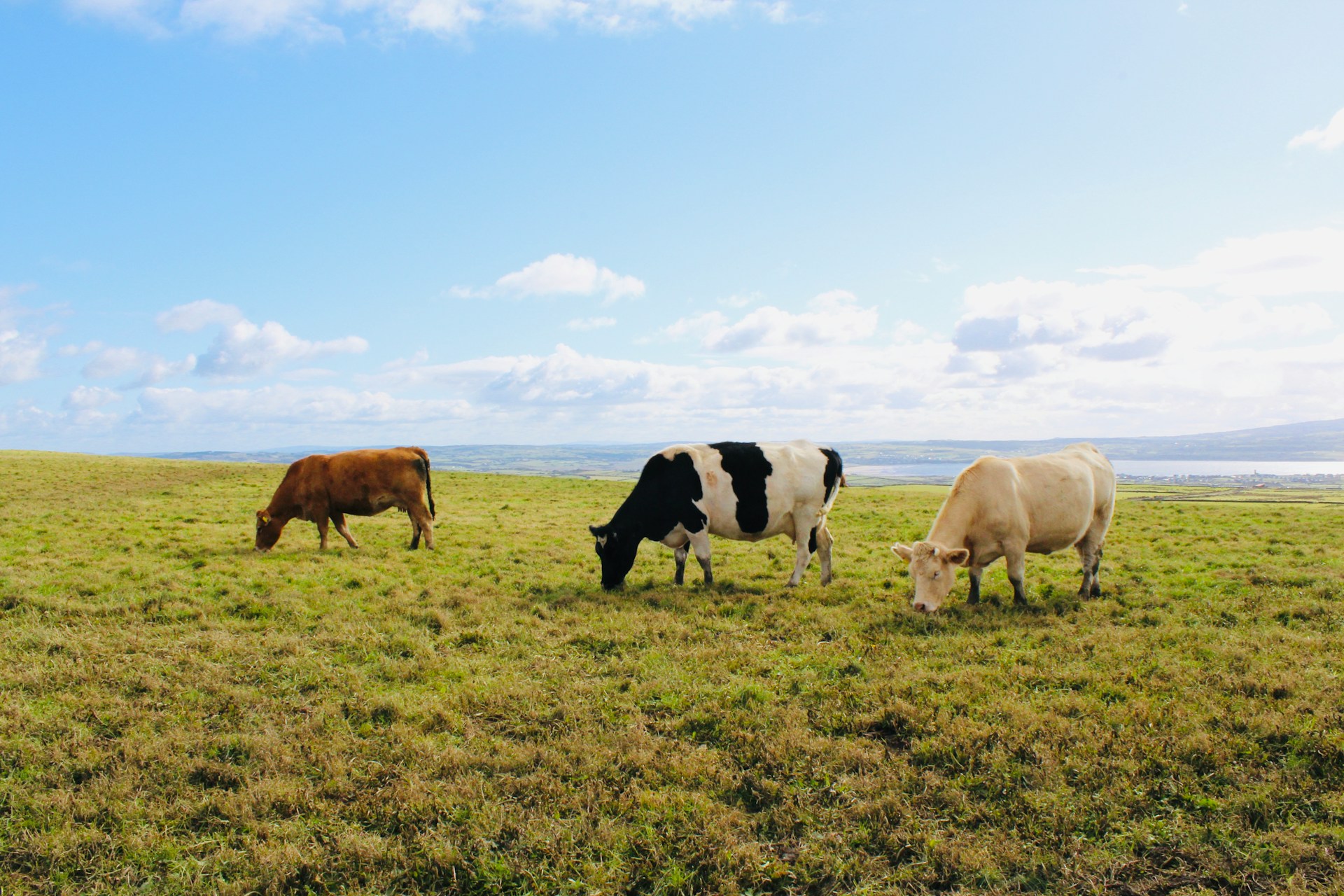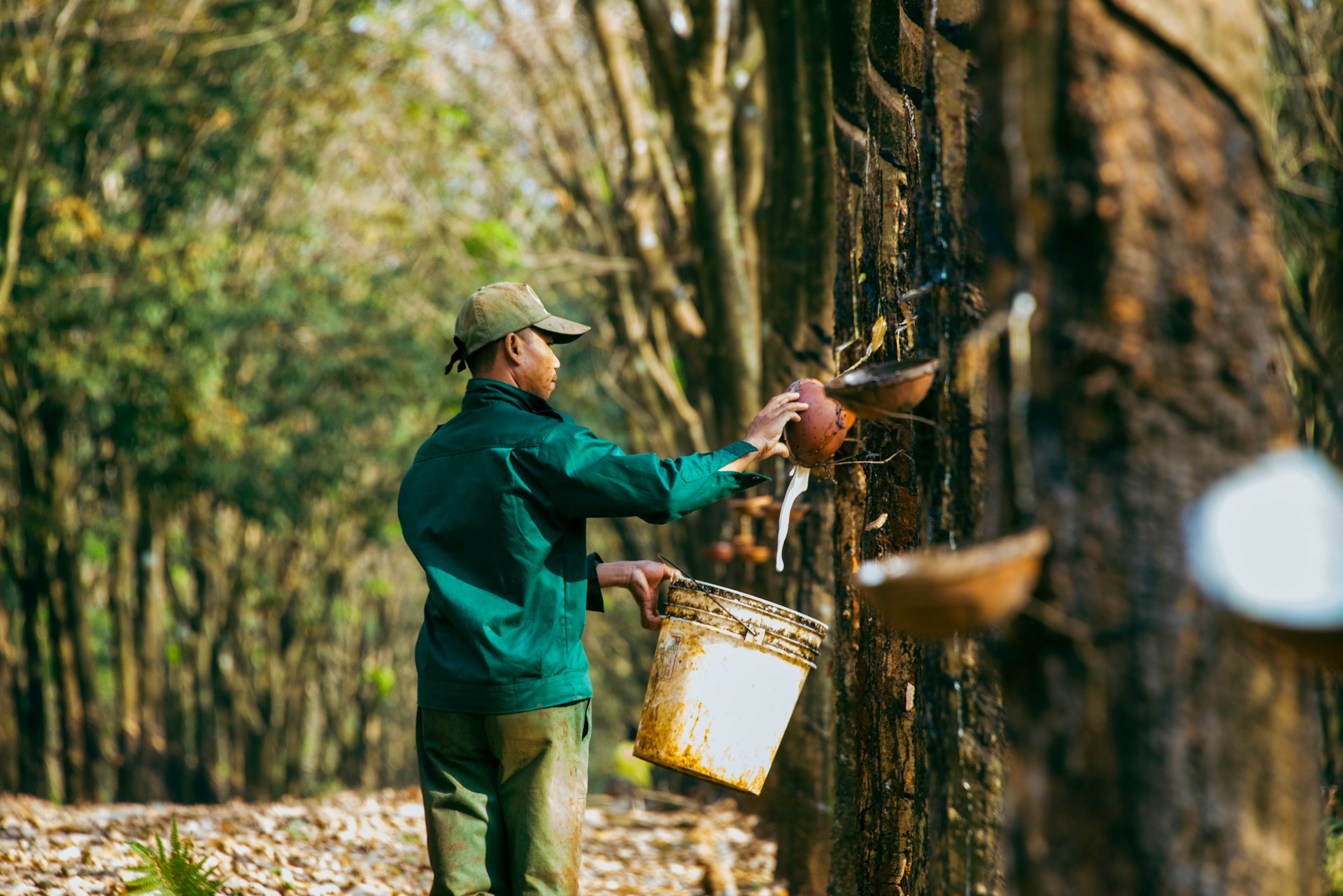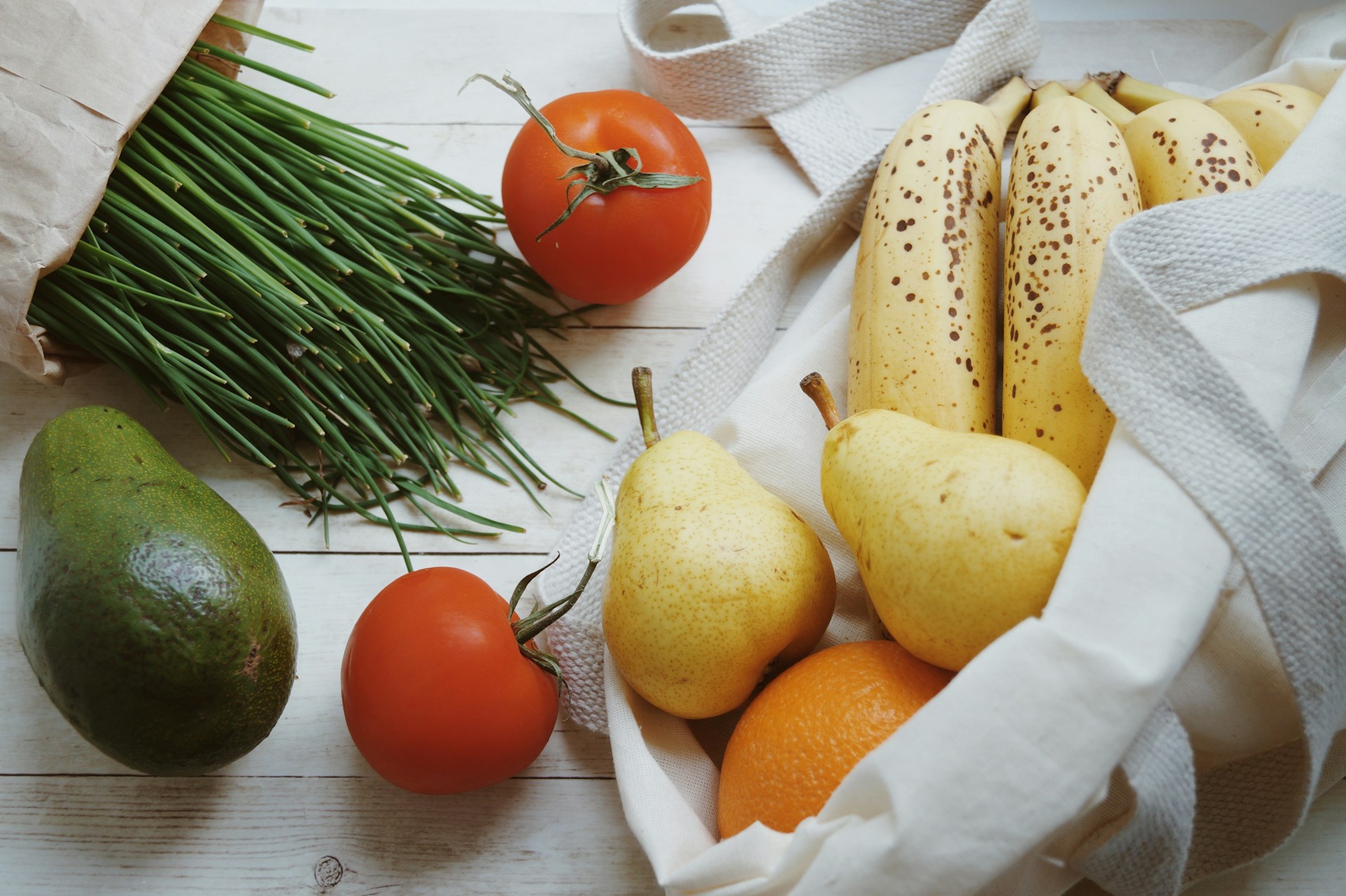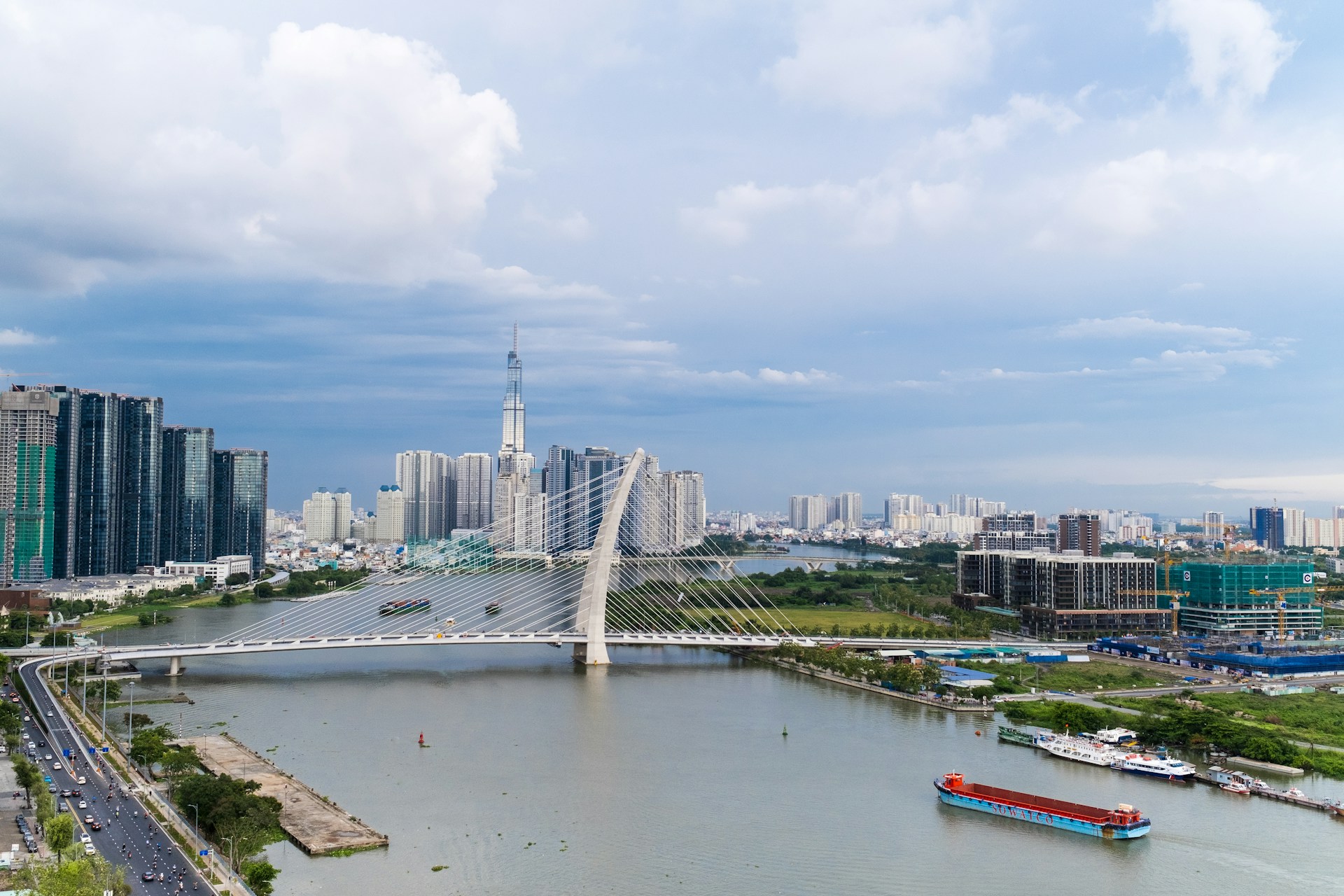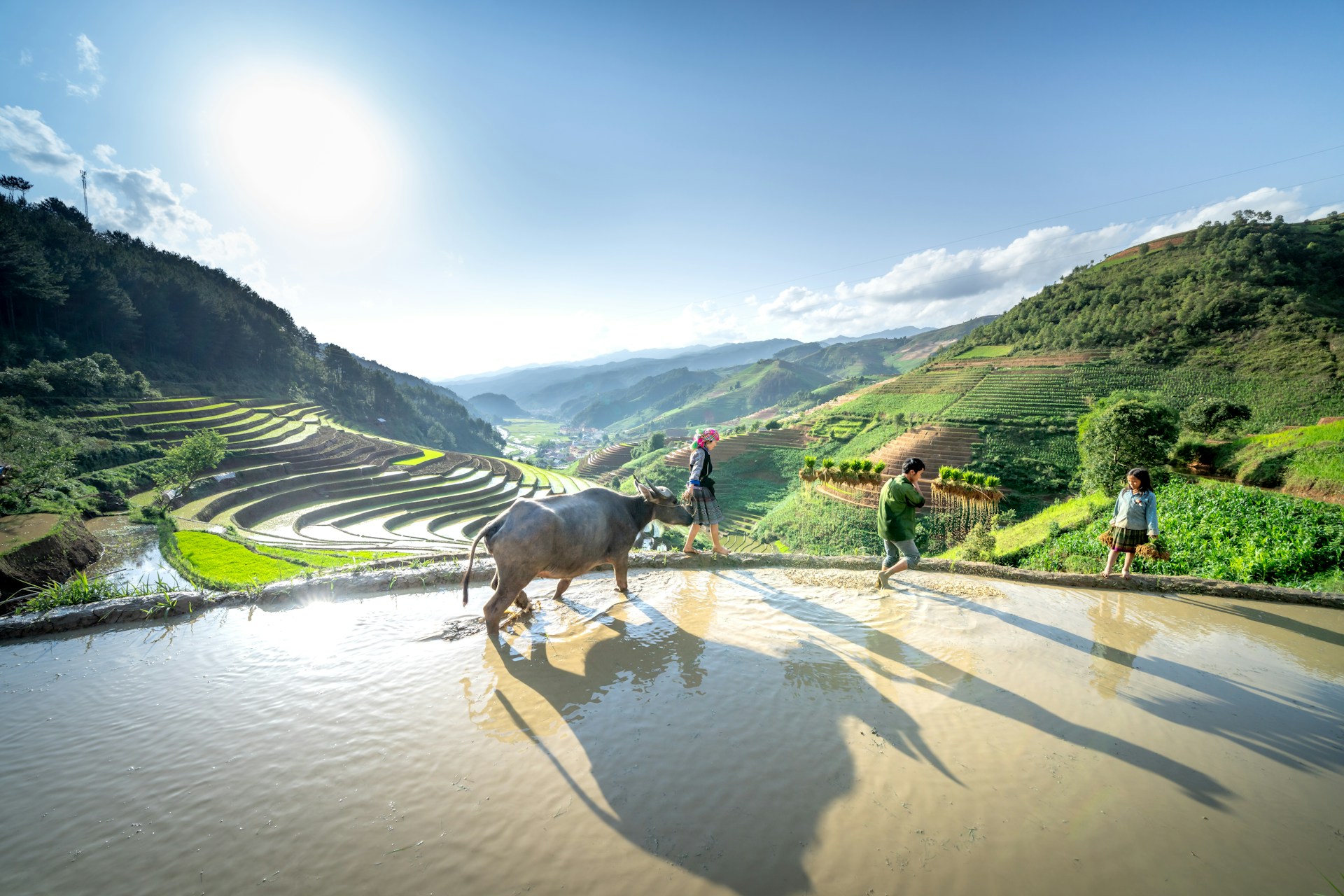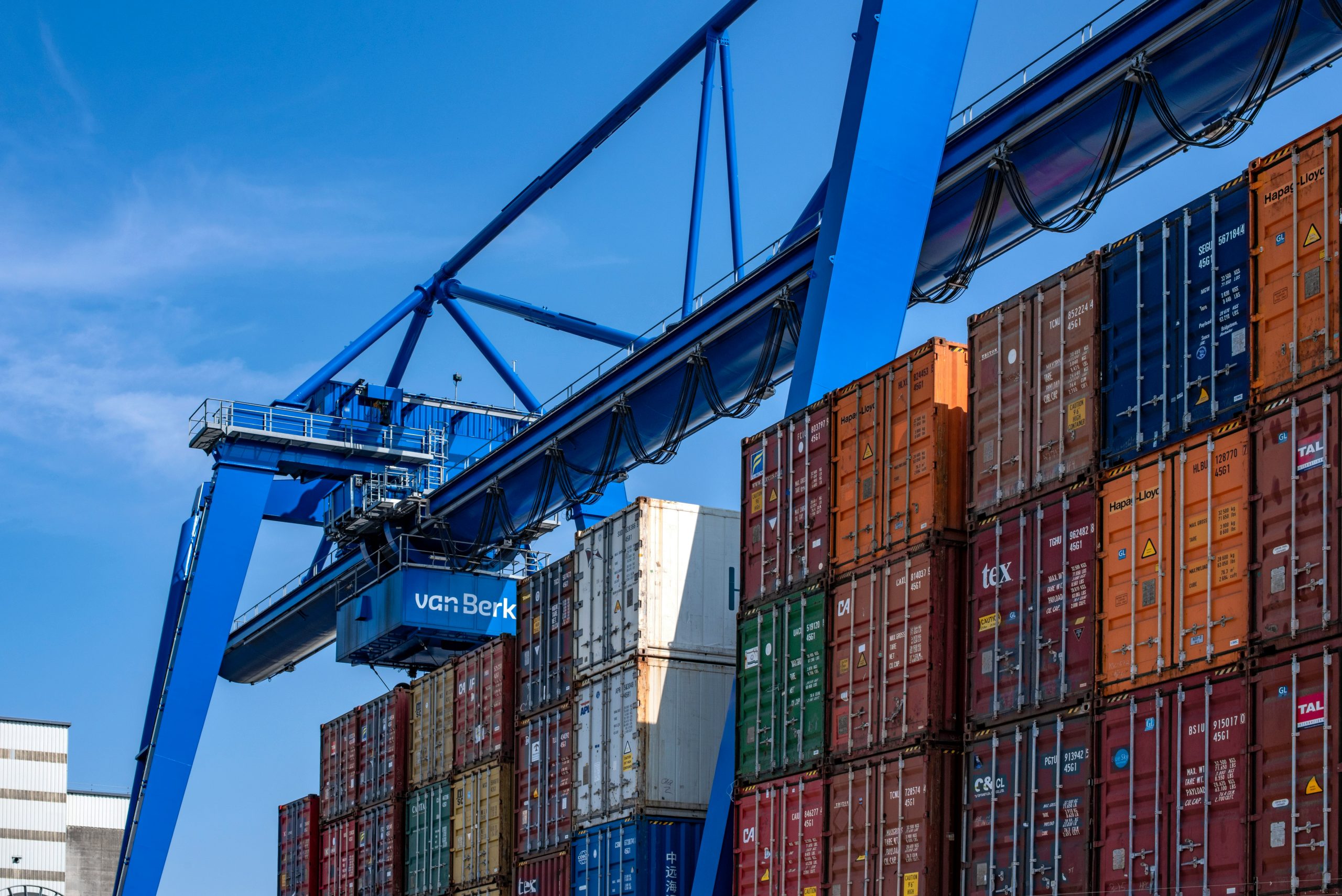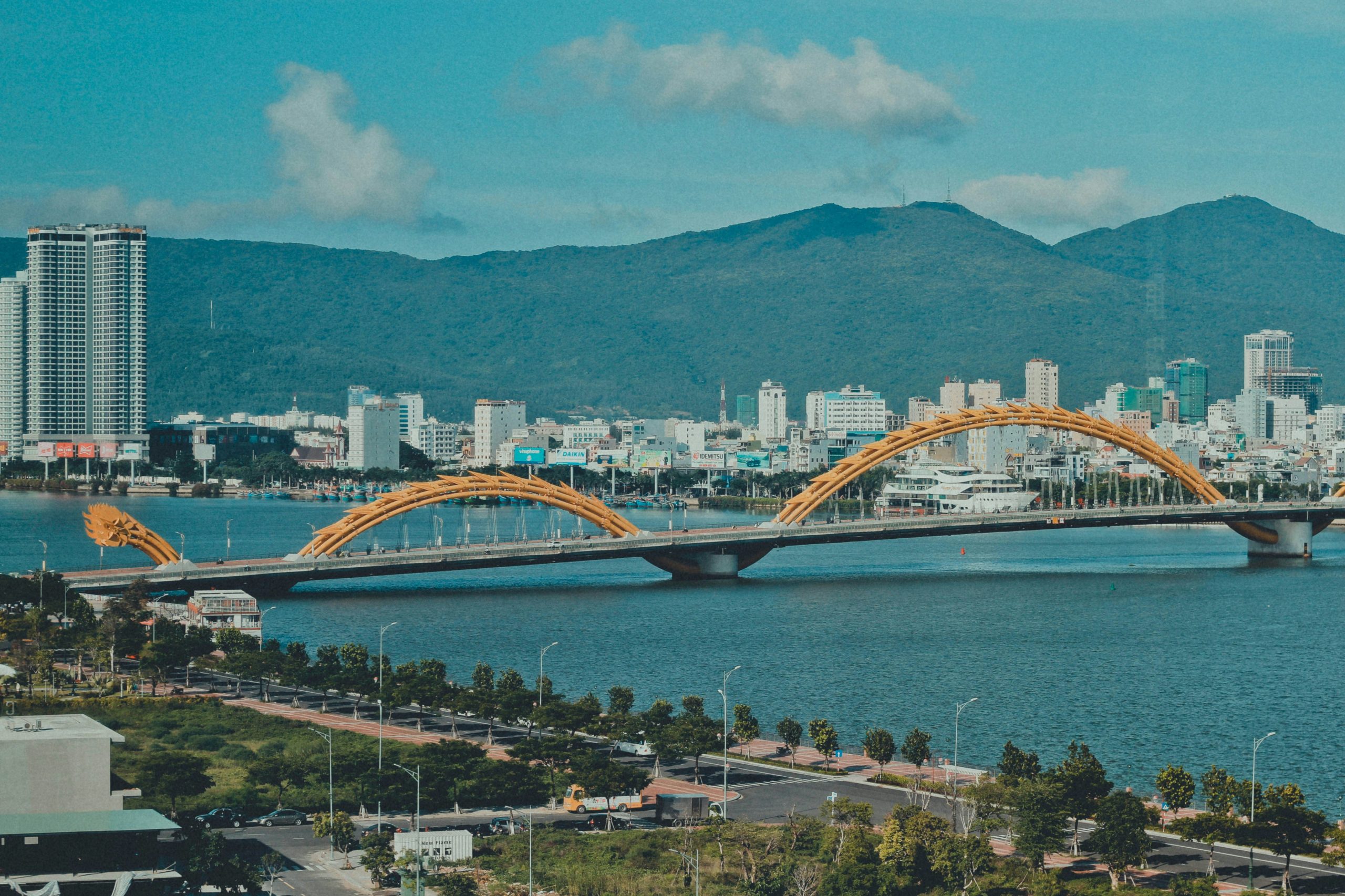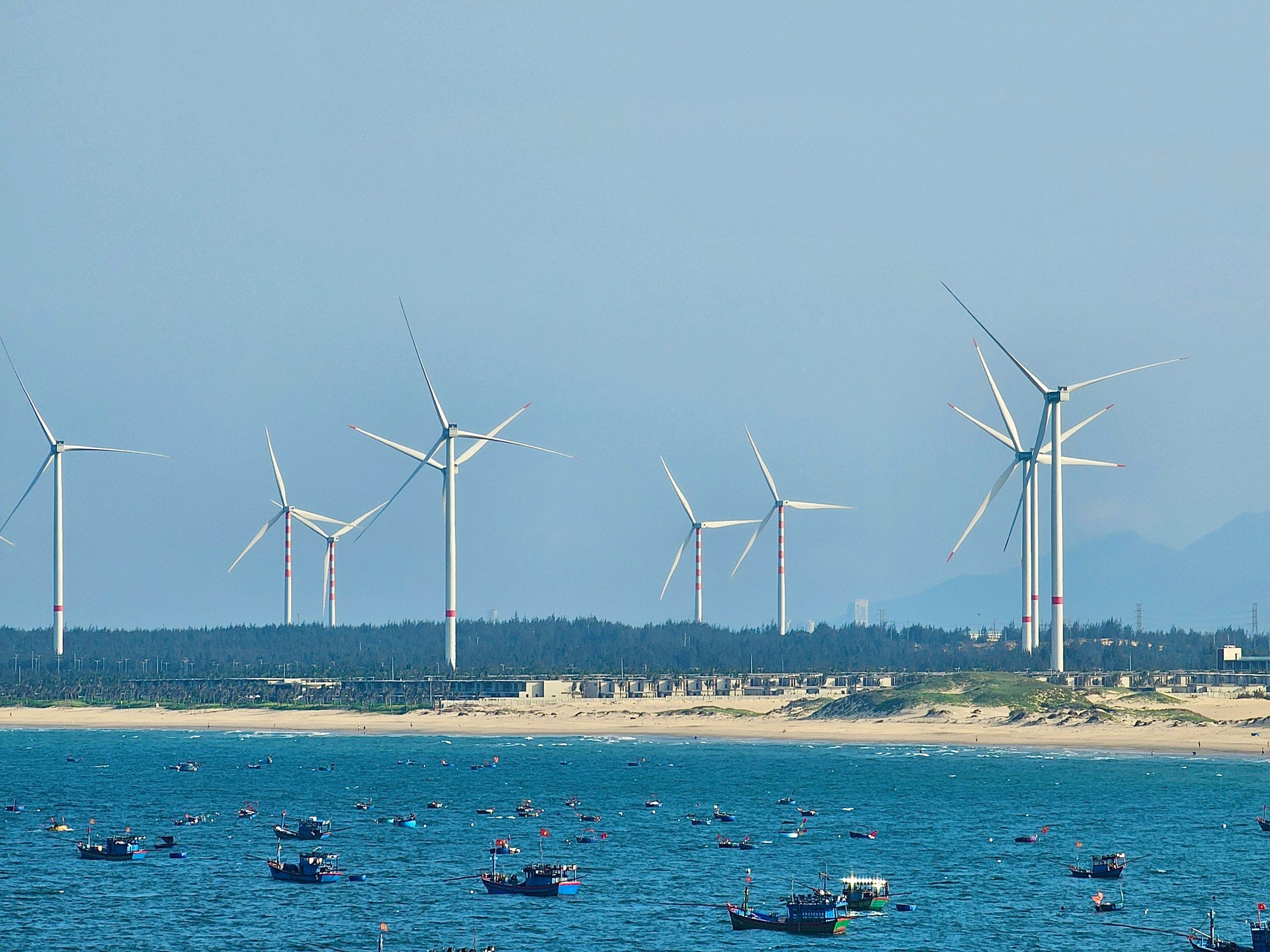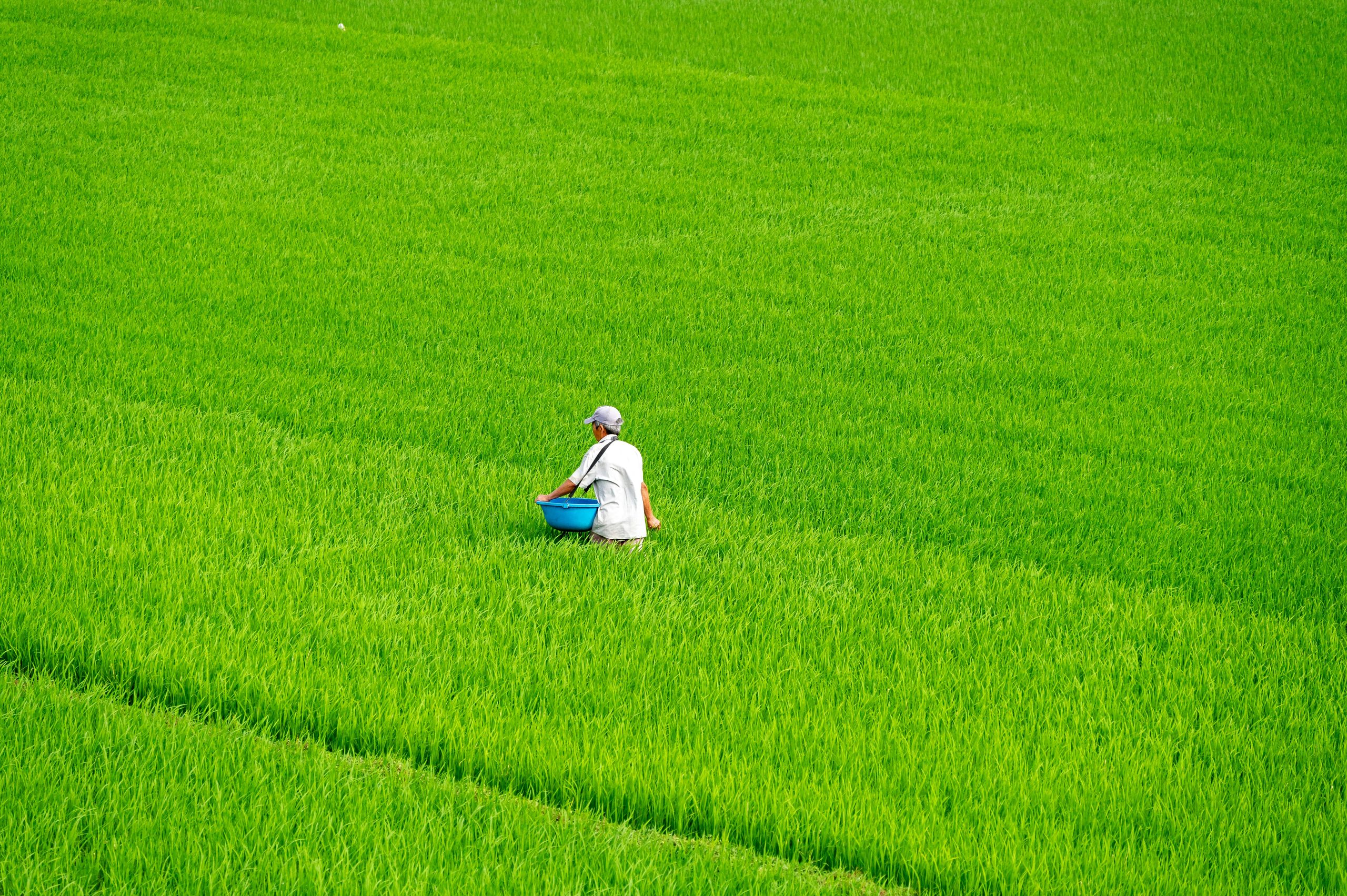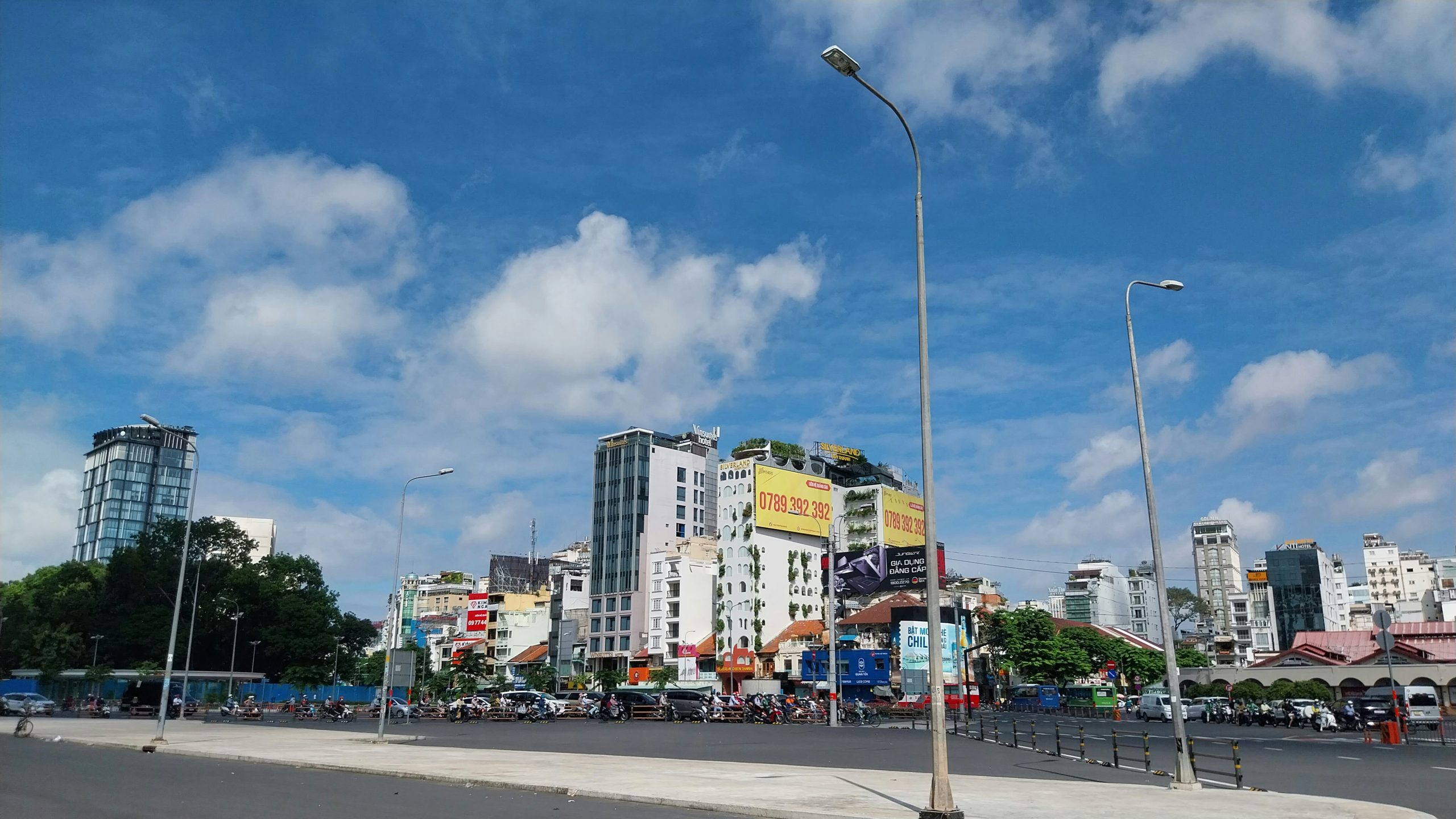베트남은 세계 최고의 농업 생산국 중 하나로 부상했으며, 이 부문은 수출을 통해 국가 경제를 강화하는 데 중요한 역할을 했습니다. 최근 몇 년 동안 베트남은 커피, 쌀, 과일 및 채소와 같은 주요 상품의 수출에 의해 주도되어 지속적으로 상당한 농업 무역 흑자를 달성했습니다. 이 흑자는 베트남의 농업 강점을 반영할 뿐만 아니라 외화 보유에 기여하는 산업으로서의 중요성을 강조합니다.
농업 수출입 가치 개요
2023년 베트남은 세계 농업 수출국 상위 15위에 성공적으로 진입했으며 동남아시아에서 2위를 차지했습니다.[1]. 농업 수출 수입은 약 240억 달러(2022년 대비 25% 증가)에 도달했으며, 이는 베트남의 총 수출량의 6.3%를 차지합니다. 중국, 미국, 일본은 지속적으로 베트남 농산물의 상위 3대 수입국으로 남아 있으며, 각각 총 수출 거래액의 22.1%, 20.7%, 7.6%를 차지합니다.[2]과일과 채소는 총 수출 가치에서 가장 큰 비중을 차지하며 24%이고, 쌀이 20%로 그 뒤를 따르고, 커피와 기타 제품이 18%로 농업 총 수출의 37%를 차지합니다.
Vietnam’s agricultural total export by products in 2023
100%=240억 달러
원천: 베트남의 일반 통계
무역 흑자(수출액에서 수입액을 뺀 금액)와 관련하여 베트남은 2023년에 총 87억 달러를 기록했습니다(2022년 대비 260% 증가)[3]베트남 무역 흑자의 주요 기여 상품으로는 커피(41억 달러), 쌀(39억 달러), 과일 및 채소(36억 달러)가 있습니다.
Vietnam Agricultural Trade Surplus by Products in 2023
출처: 베트남 통계청
베트남의 무역 흑자는 강세이지만 주로 저가치의 최소한으로 가공된 상품으로 구성되어 있습니다. 후추, 캐슈, 커피, 쌀의 수출 가치 측면에서 베트남은 상위 국가 중 하나이지만 수출 가격 측면에서는 매우 낮습니다. 2021년에는 약 60%의 수출이 원료 또는 반가공 형태로 남아 있습니다.[4]. 이 구조는 완전히 가공된 상품이 더 높은 수익을 내기 때문에 잠재적인 이익을 제한합니다. 볶은 커피나 가공된 견과류와 같은 부가가치 수출로 이동하면 경제적 이익이 증가하고 무역 흑자의 영향이 향상될 수 있습니다. 게다가 베트남의 농업 수출이 세계를 선도하는 반면, 2024년까지 수출 제품의 약 80%는 로고와 브랜드 인지도가 부족하여 외국 회사의 브랜드 이름으로 이루어졌습니다.
베트남 농업 부문의 기회와 과제
베트남의 열대 기후와 비옥한 토지는 베트남을 쌀, 커피, 채소 및 기타 제품의 주요 수출국으로 만듭니다. 또한 정부는 2022년 법령 858/QĐ-TTg와 같은 정책을 통해 지속 가능한 관행과 기계화를 적극적으로 장려하고 있습니다. 이 정책은 생산성을 높이고, 수작업을 줄이며, 농부의 수익성을 높이는 것을 목표로 하며, 2030년까지 농업에서 70% 기계화를 달성하고 연간 생산성이 10% 성장하는 것을 목표로 합니다.[5]. 이는 외국 기업이 농업 기계를 공급하고 수확량을 개선하여 베트남이 세계적으로 경쟁력을 유지할 수 있도록 투자할 수 있는 기회를 제공합니다. 그러나 재정적, 기술적 장벽으로 인해 소규모 농부는 이러한 기술에 접근할 수 없으며, 이러한 격차를 메우고 공평한 성장을 보장하기 위해 공공-민간 파트너십을 포함한 협력적 노력이 필요합니다.
또한 베트남은 농산물 수출에서 여전히 세계적 선두주자이지만 2023년에는 가공되지 않은 커피콩 수출이 전체 커피 수출의 90%를 차지할 정도로 여전히 가공되지 않은 원두에 크게 의존하고 있습니다.[6]. 부가가치가 있는 가공 역량을 개발하는 것은 볶은 커피와 포장 과일과 같은 고품질 완제품에 대한 세계적 수요를 활용하는 데 필수적입니다. 이는 농산물 가공 기술 및 시설에 대한 투자자에게 상당한 기회를 제공합니다. 그러나 이러한 변화를 달성하려면 상당한 자본, 숙련된 노동력, 수출 시장에서 엄격한 품질 표준 준수가 필요하여 이 부문에 진출하거나 확장하는 기업에 어려움을 줍니다.
또한 부적절한 냉장 보관 및 운송 시스템으로 인해 2024년 상반기에 수확 후 손실이 최대 20-25%에 달해 총 GDP 손실이 2%에 달할 것으로 예상됩니다.[7]. 이는 제품 품질을 보존하고 EU 및 일본과 같은 고부가가치 시장의 엄격한 요구 사항을 충족하기 위해 냉장 보관 및 운송을 포함한 현대식 콜드체인 인프라를 개발할 수 있는 명확한 기회를 제공합니다. 이 부문에 대한 투자는 손실을 크게 줄이고 수출 경쟁력을 강화할 수 있습니다. 그러나 콜드체인 시스템을 구현하려면 대규모 투자, 물류 네트워크 개선, 운영 비용 절감이 필요하며, 이를 위해서는 이해관계자 간의 신중한 계획과 협력이 필요합니다.
결론
베트남의 농업 부문은 국가 경제에서 중요한 역할을 하며, 커피, 쌀, 과일, 채소와 같은 주요 수출품을 통해 지속적인 무역 흑자를 창출합니다. 그러나 이러한 잠재력을 최대한 활용하려면 국가가 기계화, 부가가치 가공, 콜드체인 물류와 관련된 주요 과제를 해결해야 합니다. 전략적 투자, 정부 지원, 공공-민간 파트너십은 이러한 장벽을 극복하고 베트남의 농업 부문을 지속 가능하고 세계적으로 경쟁력 있는 산업으로 전환하는 데 필수적입니다.
[1] 베트남 정보, 통신 및 기술(2023). 베트남의 농업 수출은 경제 성장을 따랐다평가하다>
[2] WTO 및 국제 무역 센터 – VCCI(2023). 베트남 농산물의 가장 많이 수입된 국가평가하다>
[3] 베트남 통계청(2023). 베트남 통계 연감평가하다>
[4] 베트남 산업 및 무역 전략 및 정책 연구소(2021). 베트남의 주요 농산물 수출평가하다>
[5] 총리(2022). 2030년까지 농업 기계화 개발 전략평가하다>
[6] 미국 농무부(2024) 베트남 커피 연례 보고서평가하다>
[7]베트남 농업(2024). 수확 후 농업 손실
| 주식회사 비앤컴퍼니
2008년부터 베트남에서 시장 조사를 전문으로 하는 최초의 일본 기업입니다. 업계 보고서, 업계 인터뷰, 소비자 설문 조사, 비즈니스 매칭을 포함한 광범위한 서비스를 제공합니다. 또한, 최근 베트남에서 900,000개 이상의 기업에 대한 데이터베이스를 개발하여 파트너를 검색하고 시장을 분석하는 데 사용할 수 있습니다. 문의사항이 있으시면 언제든지 문의해주세요. info@b-company.jp + (84) 28 3910 3913 |
다른 기사를 읽어보세요

